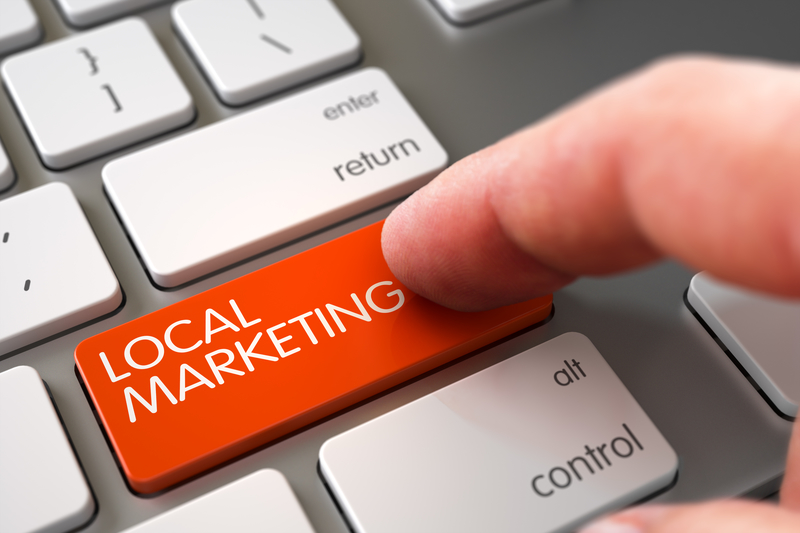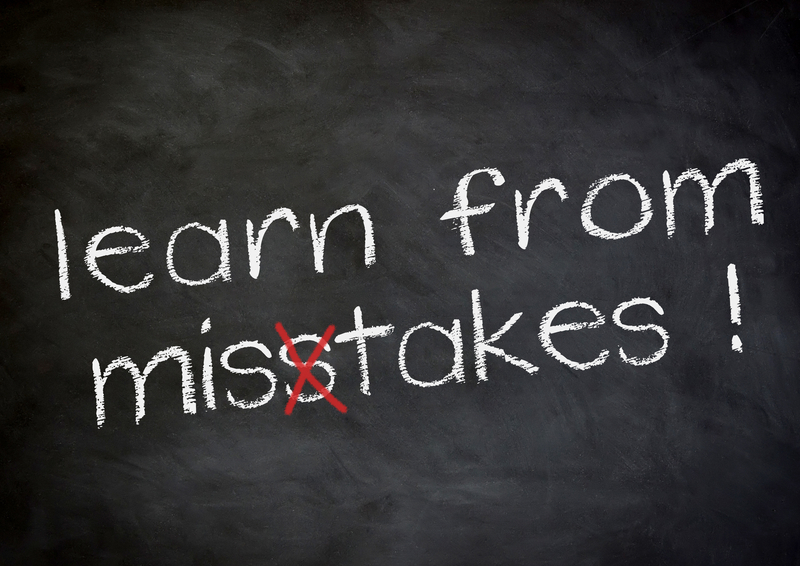
But it’s still true that offline marketing can be hugely lucrative for anyone who makes a serious attempt at it, especially if they find a way to stand apart from the crowd. Imagine the edge you could enjoy over every other offline marketer if you offered business owners just one thing – the thing they want the most – more customers.
Very few marketers are doing this, yet it’s probably the easiest service of all to sell to a business owner.
You could practically pick and choose which clients you work with, because what business owner is going to say ‘no’ to new customers? None in their right mind. Especially when they only pay you for leads or for actual customers. If you don’t deliver, they don’t get paid. Thus there is absolutely no risk to them. And with no risk, there is no reason for them to say no.
So how do you go about getting these leads and new customers for your clients? First, you’re going to think locally, not globally. You’re getting leads for a specific type of local business that serves a specific geographic area, such as a city or region.
Second, you’re going to build a website and then you’re going to drive traffic to that website. You do want to use good SEO, but you don’t want to rely just on search engine traffic. After all, your site could rise or fall on the whim of the search engines. That’s why you’ll want a paid traffic source you can rely on such as Google Ads.
You’ll be choosing niches that can pay you high referral fees so you can afford to spend money to get those leads and still pocket plenty of profit. For example, let’s say it takes you $50 in Google Ads to get a new patient for a dentist. If you’re charging the dentist $100 per new patient then you can do this all day long.
You’ll want to retain ownership of your websites for two reasons. First, if your client ever stops working with you, you’ll be able to sell your leads to a similar client in the same area. For example, if you’re getting leads for a contractor in Austin, Texas, and one day that contractor decides for whatever reason to stop using your leads, you can simply begin selling your leads to one of their competitors.
The second reason to retain ownership of your lead generating websites is so that you can make changes on the fly. Let’s say your site is ranking high but one day it falls to page 3. You can immediately make changes in your SEO without having to get them approved by the business.
As you can see, this business model is fairly simple and the competition is still relatively low. The field is wide open and getting clients can be as easy as asking if they can handle more business.
Here are a few questions you might have:
Q. What type of website should I build?
A. A small WordPress site targeting the best buyer keywords works well. Figure 5 to 10 pages, 10 to 25 keywords to start if you’re optimizing for SEO. Each website should target one niche in one town. For example, dentists in Tacoma or chiropractors in Atlanta.
Q. How do I find the keywords? Can you give keyword examples?
A. Use the Google Keyword Planner to find out which terms are commonly searched for in a particular industry. Then add those keywords to the location to form your keyword phrases. For example, Tacoma Washington dentist. Use singular and plural, and also add appropriate “buying” keywords, such as buy, rent, lease, hire, etc. Lastly, add descriptive keywords such as best, cheap, fast, etc.
Q. What domain should I use for my site?
A. First, don’t buy a domain that uses the actual business name. For example, if your client is Bob Smith, dentist, Tacoma Washington, don’t buy BobSmithTacomaDentist.com because if he ever stops using your services you won’t be able to use that domain. Second, choose something generic with your best keywords in a .com, .org or .net. For example, TacomaWashingtonDentist.com or DentistTacomaWashington.com. (These may or may not already be real sites.)
Q. What should I have on my website?
A. – A toll-free number prominently displayed.
– A contact form above the fold. (70-80% of people will call, 20-30% of people will fill out the contact form.)
– Images – either use images from your client or buy your own images.
– Lots of headings and paragraphs to break up the content.
– Great content with a clear call to action. Don’t use PLR for this – either write your content yourself or outsource it. If you need ideas, check similar websites but do not copy. Above all, make your copy engaging.
– Proof – real customer testimonials are good for this, as well as industry backed facts quoted with sources (IE: “People using a lawyer for their personal injury claim receive on average $42,000 more per claim than those going through the process without legal representation.” – The American Bar Assoc.) btw, I just made that up – DO NOT use it.
Q. What shouldn’t I have on my website?
A. Anything that is on the client’s own website. Assuming they have their own site, you’ll want to use all fresh and unique content. If you need to post their address, do so as an image so Google doesn’t see it as duplicating. And don’t use PLR. Ever.
Q. How do I charge?
A. It’s up to you and the client, but here are some suggestions:
Get paid for the leads you generate, rather than the sales you make. You’ll get paid less per lead of course, but you’ll get paid for every lead regardless of whether or not they become a customer. It’s important to note that clients may be more reluctant to do it this way if they are not confident in their ability to close leads. You can overcome their resistance by giving the first leads to them for free so that they can test the quality of the leads before agreeing to pay for your services.
Establish a flat rate for each sale you generate. Your client might offer many different services at different prices, in which case you can establish a different flat rate for each service. With a flat rate you typically get paid right away.
Take a certain percentage of each sale. If your client bills far into the future rather than upfront, you might not get paid for a while using this method. Commissions over the lifetime of the client/customer relationship. For example, if your client is a landscaper and they service the client weekly for months or years, you could get paid a small amount of money for a long time, which adds up.
Q. Are there any clients I should avoid?
A. Yes. Any business in direct competition with one of your existing clients. For example, you can work with one dentist in each geographical area, but not two dentists in the same small to mid-sized town (2 dentists in a large city would almost certainly be alright, but after that look for other locations or other professions.)
Also avoid any business that does not either make a large sale up front or offer a long term ongoing service. For example, a bakery wouldn’t be a good business since each sale is probably $5 to $20. But a doctor, lawyer, accountant, contractor, swimming pool sales, realtor, insurance agent, mortgage broker, etc., would all make for good clients. So would someone who provides an ongoing service such as the landscaping and lawn care we mentioned earlier, or a maid service, high paid personal trainer, etc.
Q. How do I know which businesses to approach?
A. Look for those that are already spending money on trying to get business. This might be in the Yellow Pages, Google Ads, newspaper advertising, etc. These are businesses looking for more customers and ready to spend money to get those customers.
Q. How do I track leads?
A. The opt-in form makes tracking of those leads easy. You can even offer an incentive such as a relevant report to encourage their opt-ins, and then follow up to encourage them to use your client’s services.
For the phone number, you can use a virtual reception service to take down the name and number of each caller before forwarding them to the business.
Local affiliate marketing can be extremely lucrative if you’re willing to put some time into it. You’ll need to build websites, optimize them and run Google Ads campaigns. But once you get everything set up, you can continue to make money for months or years to come with very little additional effort.










